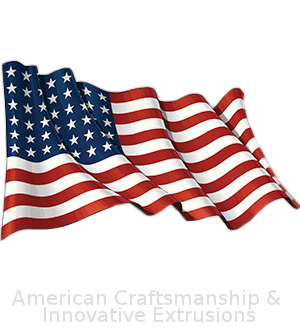Answer: Rigid Polyvinyl Chloride (PVC), also known as unplasticized PVC (uPVC or PVC-U), is a stiff, durable, and versatile thermoplastic widely used in construction, plumbing, and other industries. Its history begins with the accidental discovery of PVC in the 19th century. In 1838, French chemist Henri Victor Regnault first observed a white solid (PVC) forming in a flask of vinyl chloride gas exposed to sunlight, but he did not pursue its applications. Similarly, in 1872, German chemist Eugen Baumann rediscovered PVC under similar conditions, yet its commercial potential remained unrealized due to its brittle nature.
The breakthrough came in 1913 when German chemist Friedrich Klatte patented a polymerization process for vinyl chloride using sunlight, marking the first step toward commercializing PVC. However, early PVC was rigid and difficult to process, limiting its use. In 1926, American scientist Waldo Semon, working for B.F. Goodrich, revolutionized PVC by developing plasticized (flexible) PVC, though rigid PVC remained significant. During World War I, Germany began using rigid PVC as a corrosion-resistant alternative to iron for pipes and fittings. Its widespread adoption in construction, particularly for water and sewage pipes, took off in 1958 in Europe as a durable replacement for corroded metal pipes. By the 1950s, global production soared, driven by rigid PVC’s affordability, chemical resistance, and strength, making it a cornerstone for modern plumbing, window frames, and siding.

